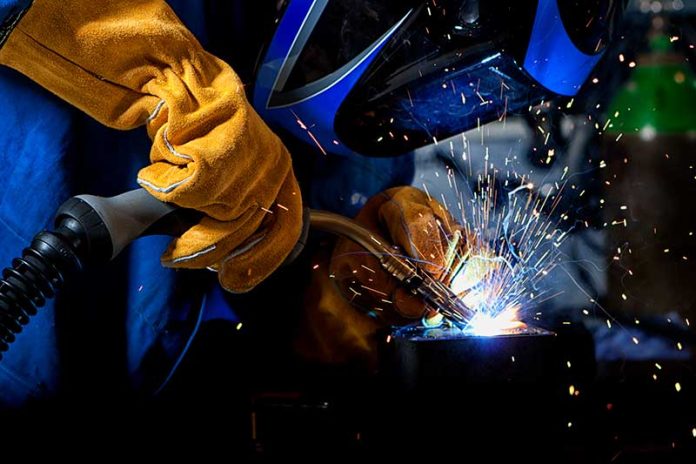Cutting, shaping, and putting metal components together to form a finished product are all steps in the custom metal fabrication process. There are a wide variety of custom metal fabrication applications, and the prevalent ones include creating brackets, frames, ductwork, and supports. In addition, custom metal fabrication can be used to create art pieces, signage, and furniture. Custom metal fabrication is a versatile process that can be used to create a wide variety of products.
How the process works:
- Fabrication is the process of making products from raw materials. The first step in fabrication is to create a blueprint or design of the product. This blueprint will be used to create a prototype, which is a three-dimensional model of the product.
- Once the prototype is approved for the TMT Fabrication, the next step is to create the mold. The mold is used to shape the raw materials into the desired shape.
- After the mold is created, it is filled with the raw materials and then placed in a kiln or oven. The heat from the kiln or oven helps to harden the raw materials and gives them their final shape.
- Finally, the product is removed from the mold and any unwanted material is trimmed away. The product is then ready for use.
The types of metals that can be fabricated:
Metals are all around us, from the iron in our blood to the steel in our skyscrapers. They come in a wide variety of types and shapes, and each has its own unique properties. Some metals can be bent and formed into new shapes, while others are strong and durable. Some are ideal for electrical conductivity, while others are corrosion-resistant. The ability to fabricate metal into new forms is what makes it such a versatile material.
There are several different methods of fabrication, each suited to a particular type of metal.
- For example, sheet metal can be cut, bent, and welded into new shapes, whereas cast metal must be melted down and reformed into a new shape.
- Metal can also be extruded or forged into new shapes. The type of fabrication process used will depend on the desired final product as well as the properties of the metal itself.
- Fabrication is an essential part of many industries, from construction to automotive manufacturing. Without the ability to shape metal into new forms, our world would look very different indeed.
Things to consider when choosing a fabricator:
Any time you’re considering working with a new fabrication partner, some of the facts that you need to consider include:
- It’s important to consider the company’s experience and track record. How long have they been in business? What kind of projects do they typically work on? Are they certified? Answering these questions can give you a good sense of the company’s capabilities.
- Second, you’ll want to take a close look at their facilities and equipment. Do they have the most up-to-date technology? Are their machines well-maintained? Do they have well-constructed pressure vessels and do they come from good pressure vessel manufacturers?
- Third, it’s also crucial to consider the company’s customer service and support. Do they offer 24/7 technical support? What is their turnaround time like?
Tips for working with metal fabricators:
When it is about working with metal, there are a few key things to keep in mind.
- First, it’s important to choose the right metal for the job. Different metals have different properties, so it’s important to select one that will be strong enough to withstand the forces at play.
- Second, it’s important to take accurate measurements. This will ensure that the metal fabricator can create pieces that fit together perfectly.
- Third, it’s important to have a clear idea of what you want the final product to look like. This will help the metal fabricator create a piece that meets your expectations.
Endnote:
By taking all of these factors into consideration, you can be sure to select a fabricator that will be a good fit for your needs.


































